How to Clean Quartz Tiles?
Quartz is a popular material for kitchen tiles and tables. It’s scratch-resistant, antimicrobial, and easy to clean. However, it’s not stain-proof or scratch-proof. Whether you have a quartz tiles or are thinking of installing one, you’ll need to know how to safely perform daily cleanings, tackle stains, do twice-yearly deep cleanings, and make a poultice for especially tough stains.
Wipe down the tiles. Use a clean soft cloth to avoid scratching the surface. Mix equal parts warm water and dish washing liquid. Dip the cloth in the soapy water and wring out the excess. Wipe the surface using gentle counterclockwise strokes. Dry the surface with a clean nonabrasive cloth. Even if you don’t soil the tiles, wipe it down every day to keep it in good repair.
Fight grease with degreasing cleaner. You can buy this product in grocery stores or big box stores. Stick to a product labeled safe for quartz surfaces. Spray the cleaner on a clean nonabrasive cloth. Clean the tiles in a gentle counterclockwise motion. Rinse the surface immediately. As an alternative, you can use disinfectant wipes that don’t contain bleach.
Scrape away hardened spills. This includes egg, nail polish, and similar substances. Use a blunt plastic scraper to tackle these substances. Aim for the underside of the mess, scraping away from your body. Use warm water before anything else. Soak a clean nonabrasive cloth with warm water. Wipe the stain in a gentle counterclockwise motion. Use a clean soft cloth to dry the affected area.
Remove permanent marker with rubbing alcohol. If warm water doesn’t work, wet a cotton ball with isopropyl (rubbing) alcohol. Rub the stain in a gentle counterclockwise motion until the stain disappears. Dry the area with a clean soft cloth. Tackle wine with a magic eraser. Wet the magic eraser under a stream of warm water.


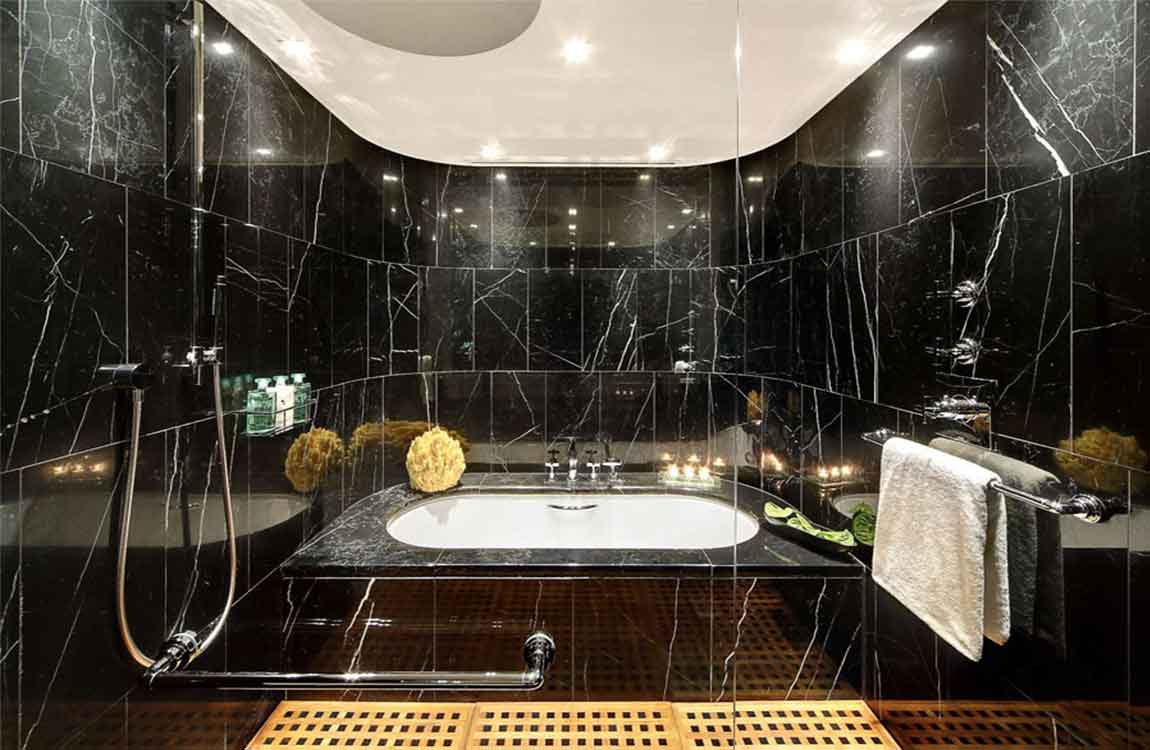
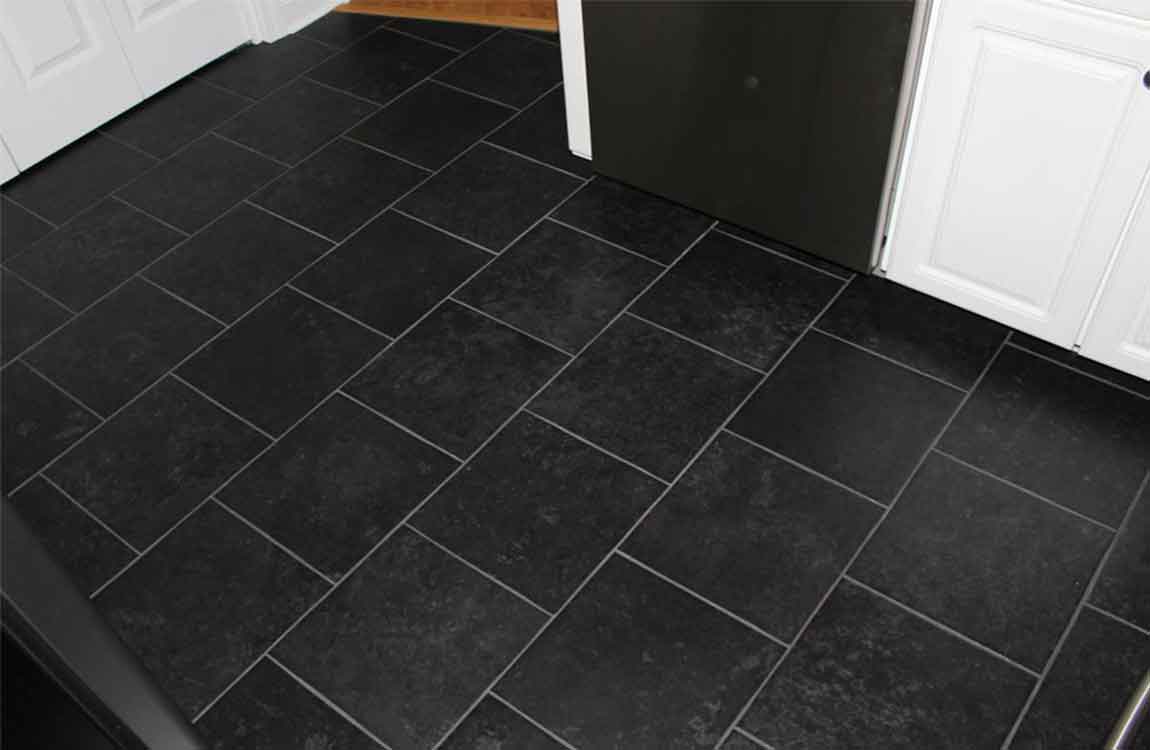

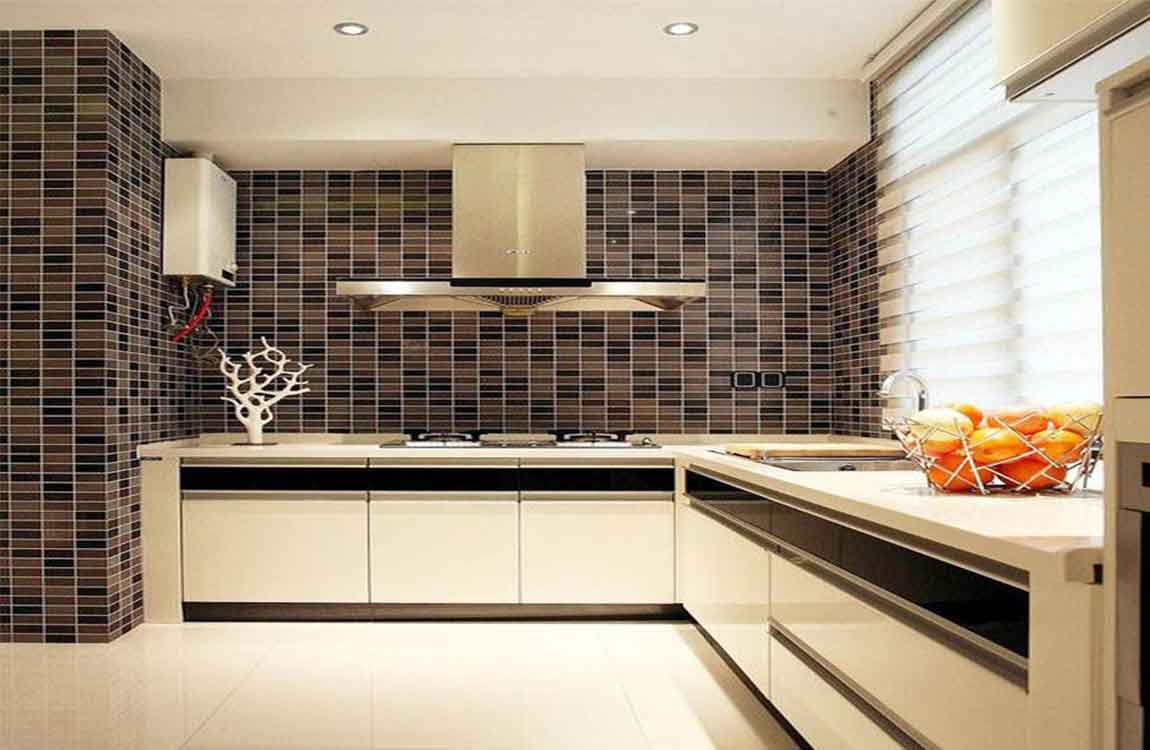

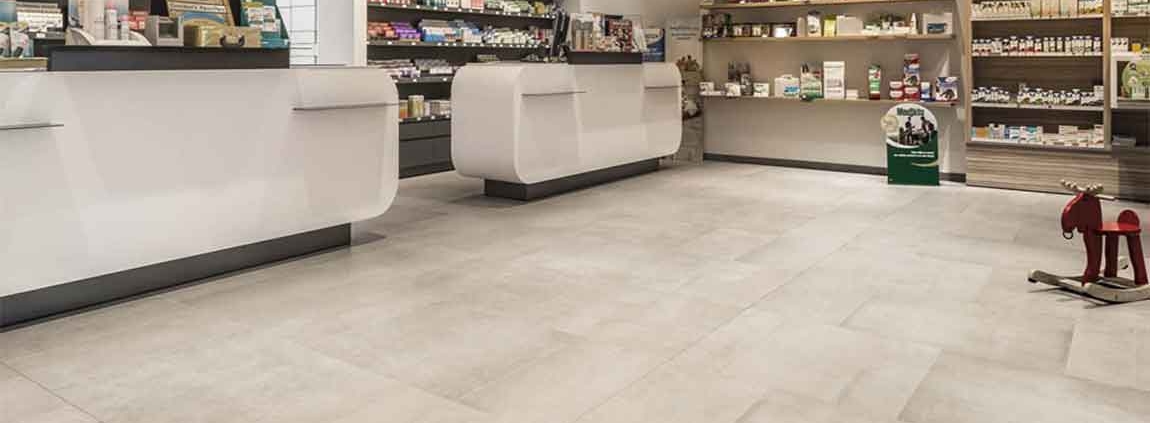




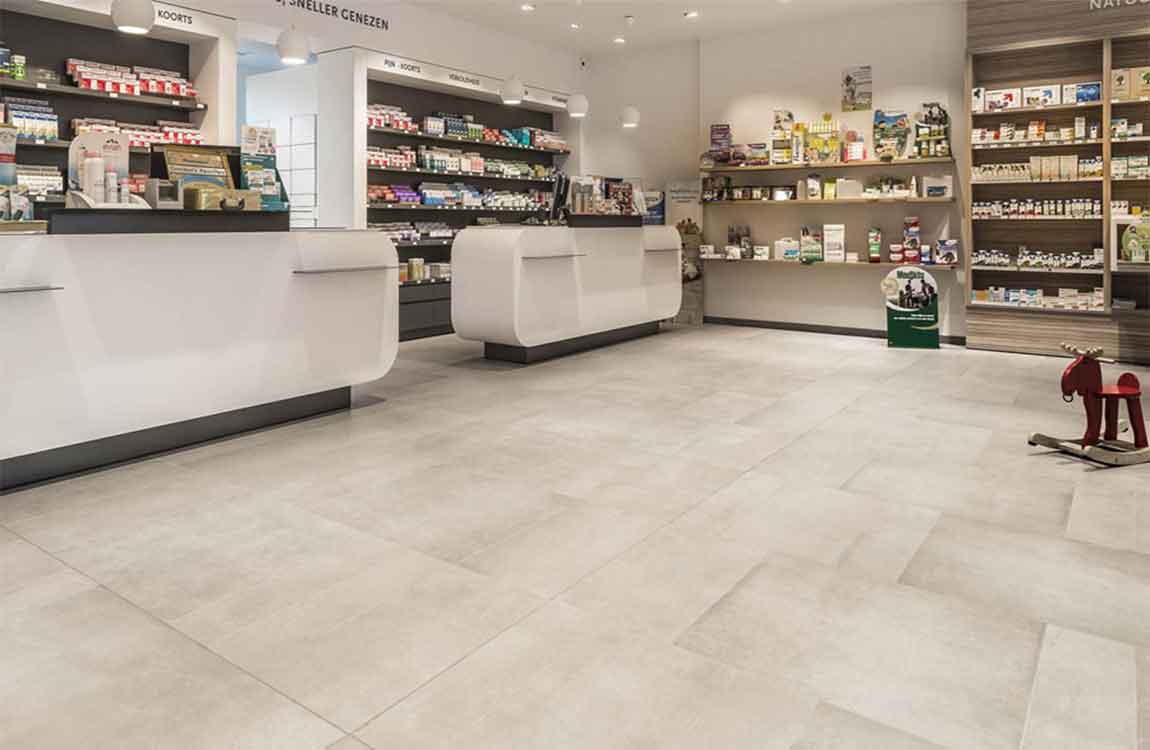





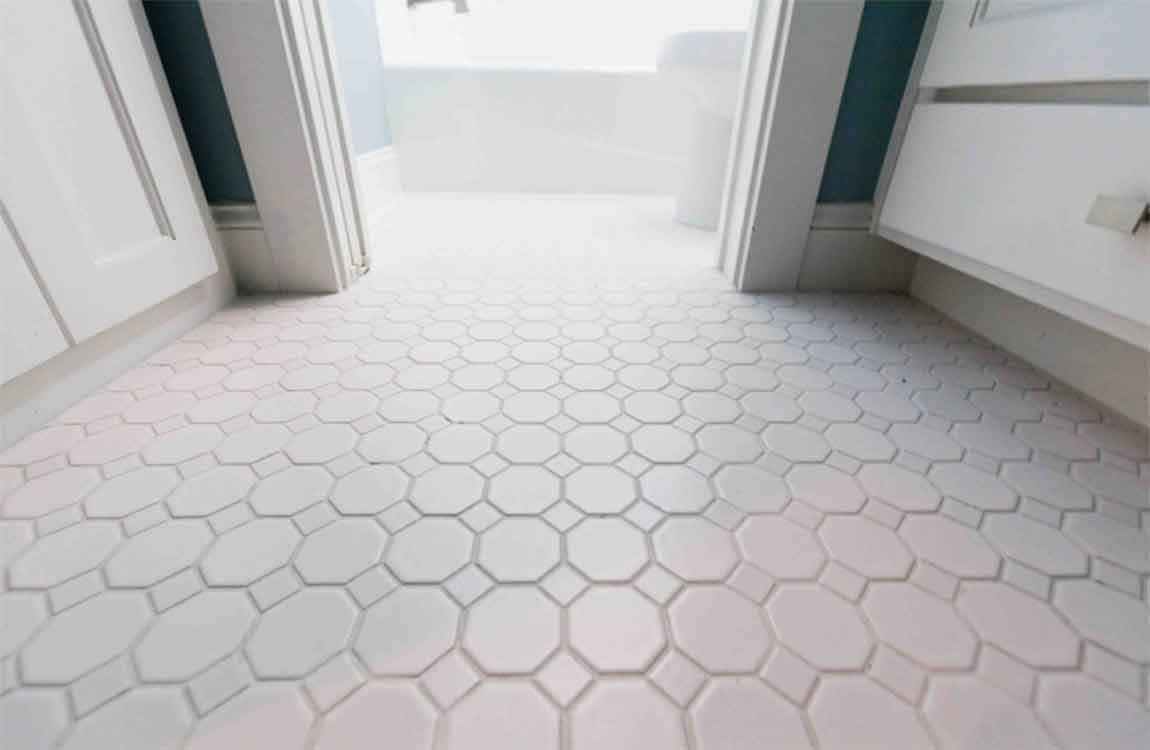
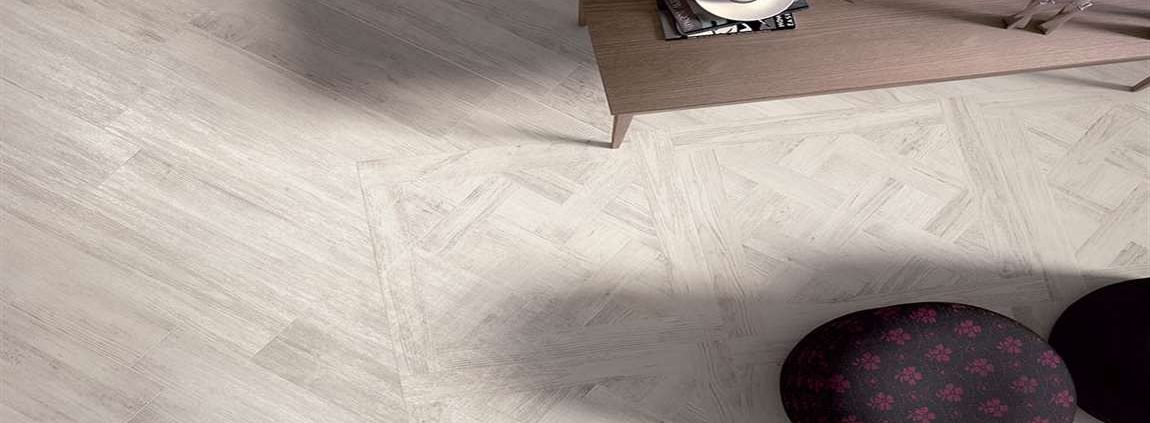


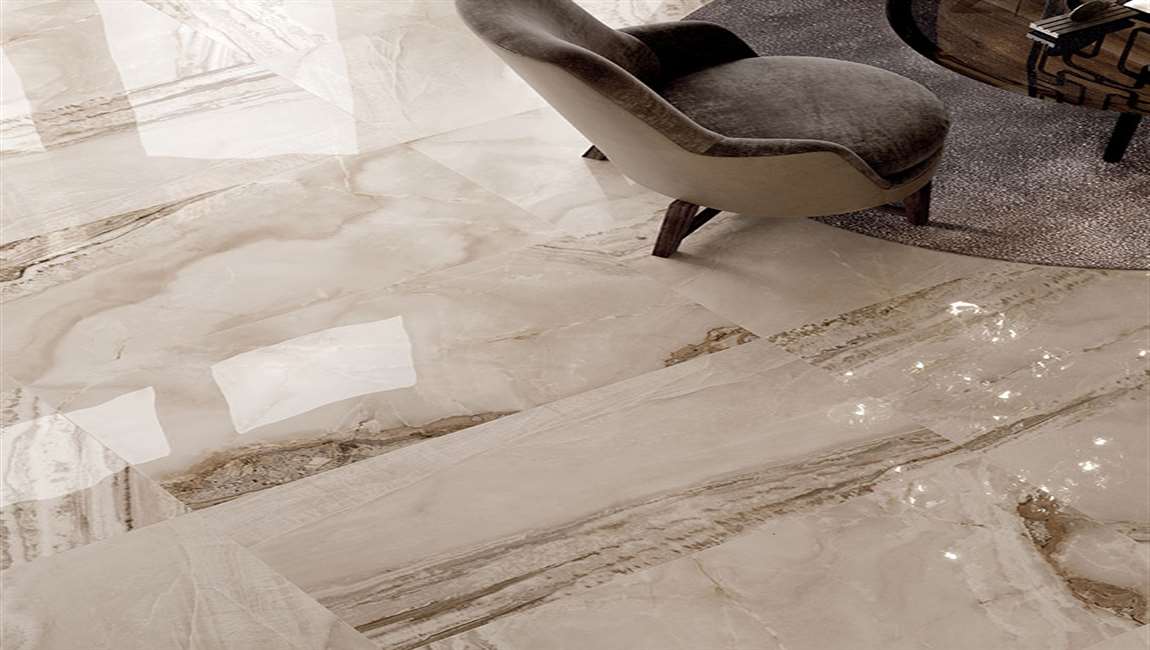
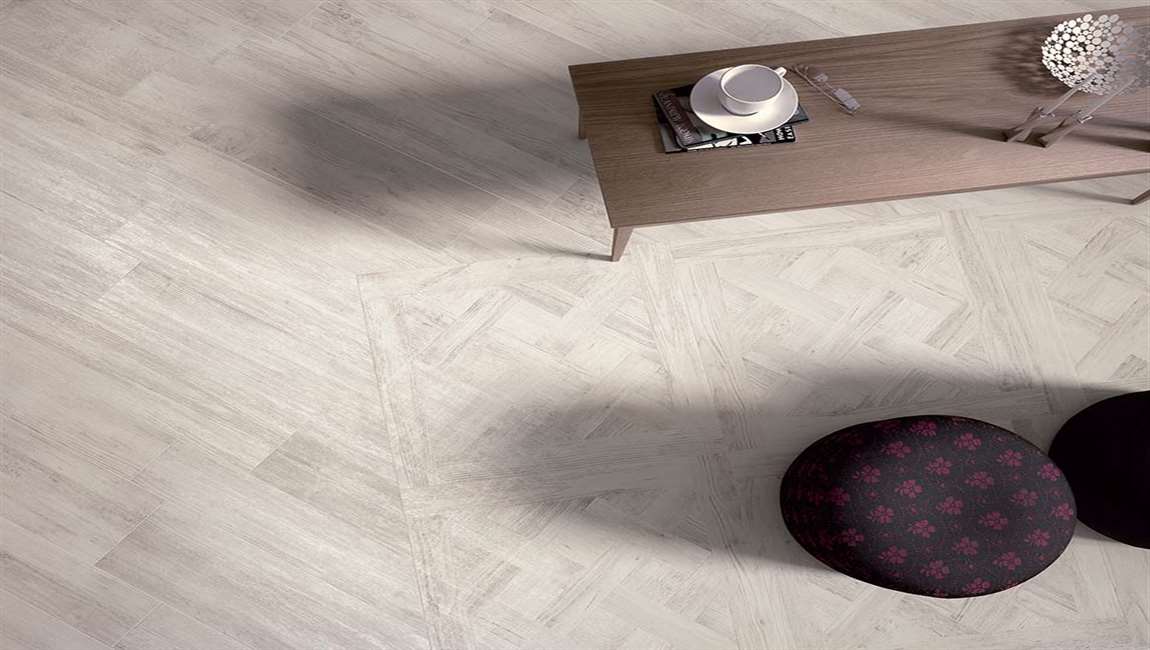
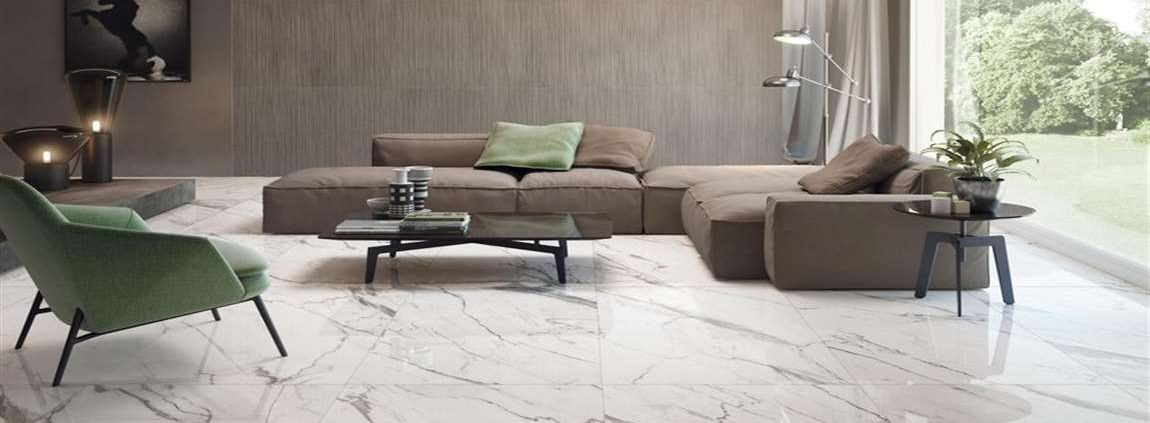
 If there isn’t a chipped
If there isn’t a chipped 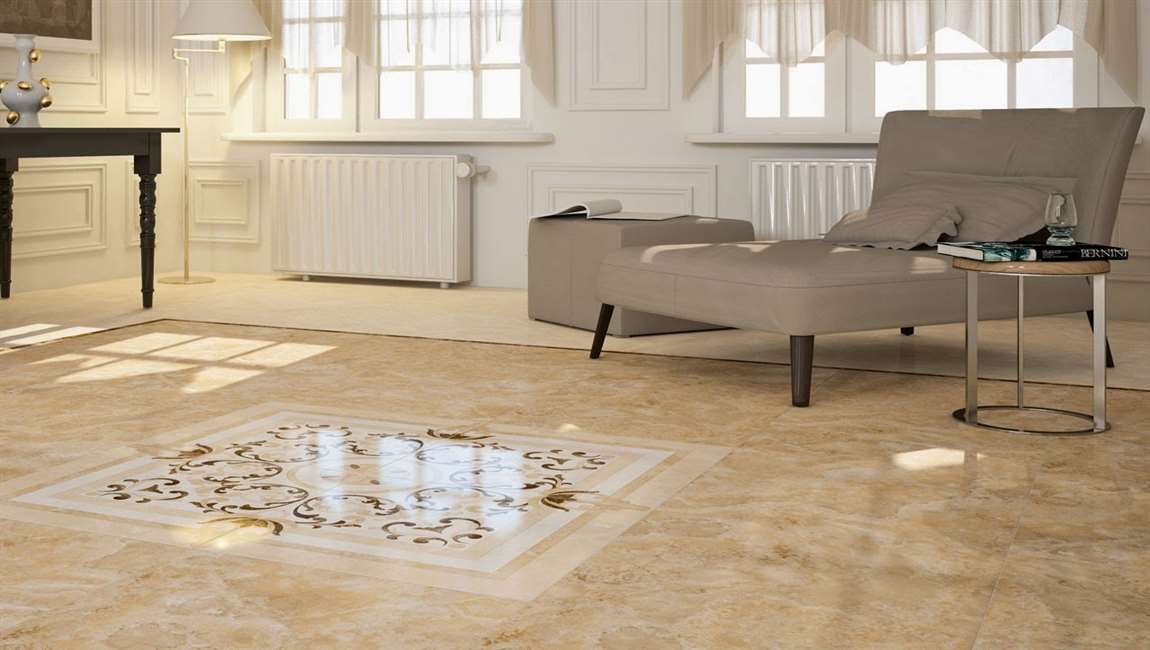 Hit the chisel with a mallet to lift the
Hit the chisel with a mallet to lift the  Continue removing the
Continue removing the  Strike the top of the
Strike the top of the 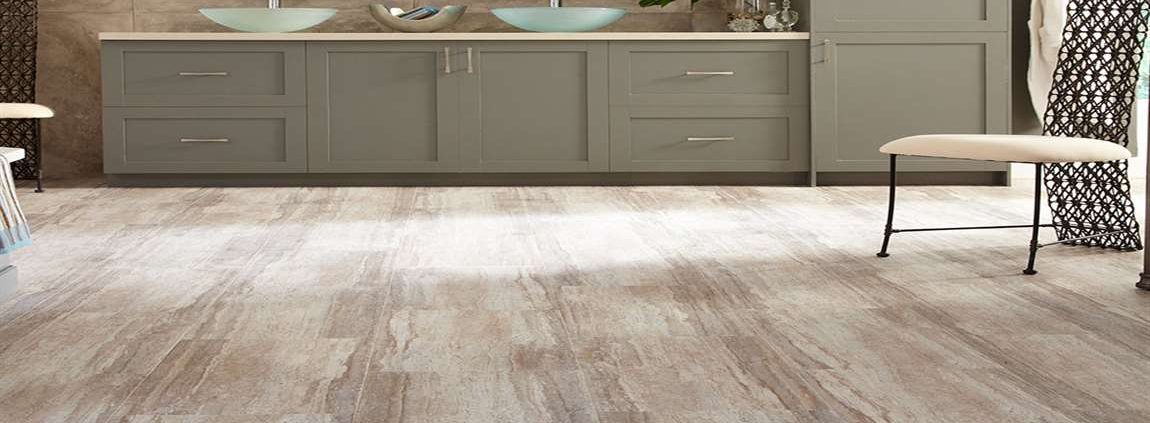
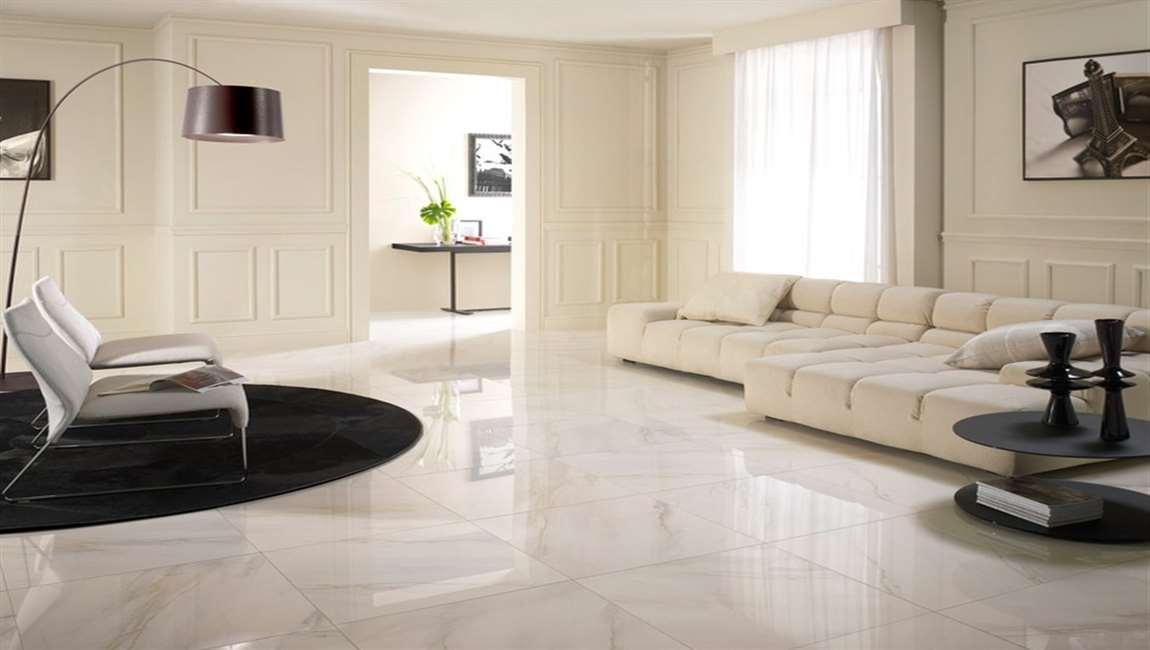 The proper alkaline or acid grout cleaner. Do not try to get the most aggressive acids or alkaline chemicals. Find an approved cleaner, perhaps at a local janitorial supply house. Mask areas you might be concerned with that could be harmed by chemicals. Stainless steel appliances need to be masked with plastic and taped. Carpet needs to be protected.
The proper alkaline or acid grout cleaner. Do not try to get the most aggressive acids or alkaline chemicals. Find an approved cleaner, perhaps at a local janitorial supply house. Mask areas you might be concerned with that could be harmed by chemicals. Stainless steel appliances need to be masked with plastic and taped. Carpet needs to be protected.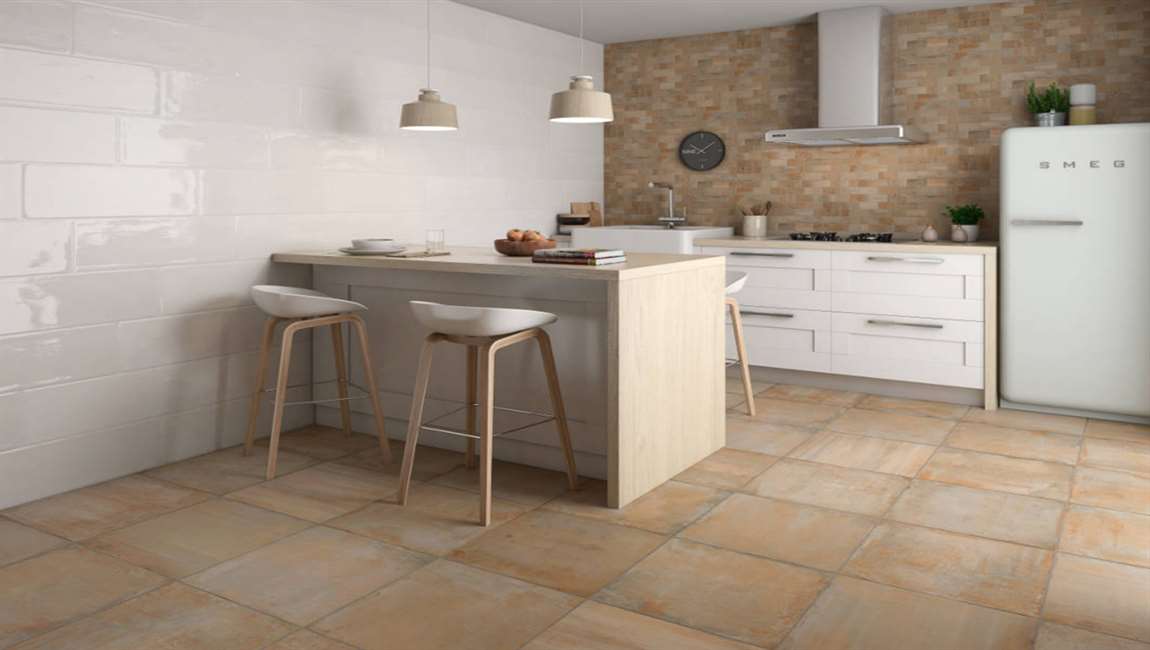 Sweep or vacuum area to be cleaned. Mix cleaning solution according to manufacturers directions. If you want to truly do your best you will use both an acid and an alkaline. If you have heavy grease use the alkaline first, if not use the acid first.
Sweep or vacuum area to be cleaned. Mix cleaning solution according to manufacturers directions. If you want to truly do your best you will use both an acid and an alkaline. If you have heavy grease use the alkaline first, if not use the acid first. Apply solution to the grout joint and scrub with the grout brush. Use plenty of solution and let it dwell for at least 10 minutes, but do not let the solution dry. Add more if it is drying too fast, but keep it wet for 10 minutes at least. Your biggest advantage – beside using the correct supplies, is to let the chemical dwell. Dwell time is your friend.
Apply solution to the grout joint and scrub with the grout brush. Use plenty of solution and let it dwell for at least 10 minutes, but do not let the solution dry. Add more if it is drying too fast, but keep it wet for 10 minutes at least. Your biggest advantage – beside using the correct supplies, is to let the chemical dwell. Dwell time is your friend.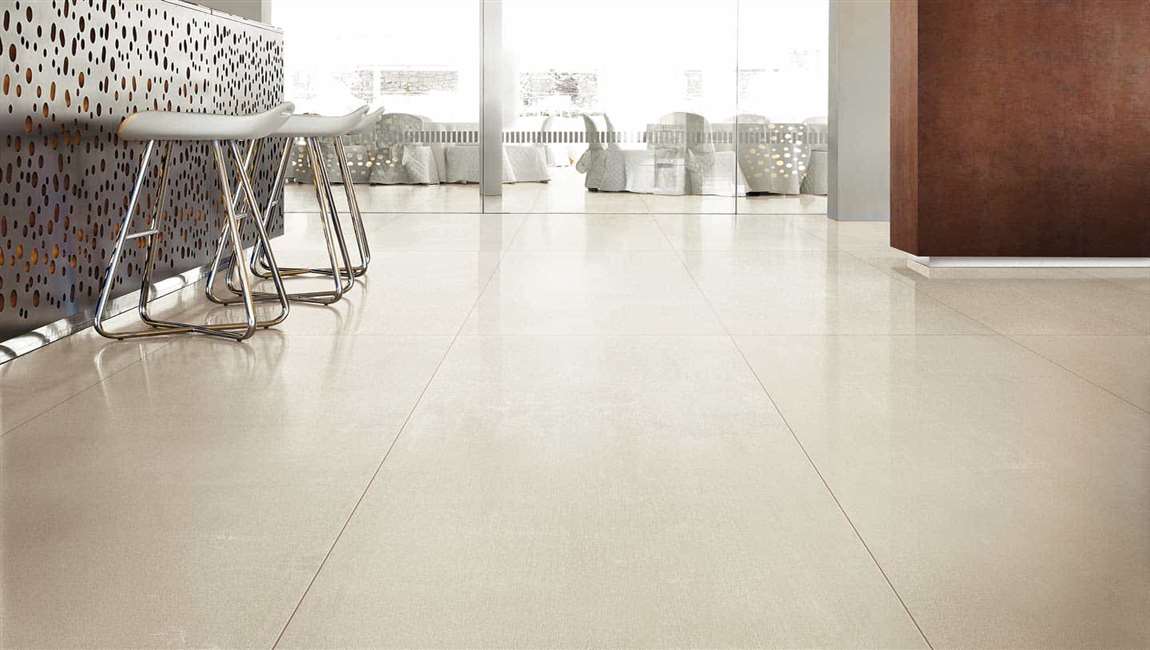 After 10 minutes mop up slurry with clean water. You may also use a wet vac to remove slurry. Additional agitation with grout brush may be necessary. We suggest using microfiber mops. Repeat process if you are using alkaline as well as acid cleaners.
After 10 minutes mop up slurry with clean water. You may also use a wet vac to remove slurry. Additional agitation with grout brush may be necessary. We suggest using microfiber mops. Repeat process if you are using alkaline as well as acid cleaners.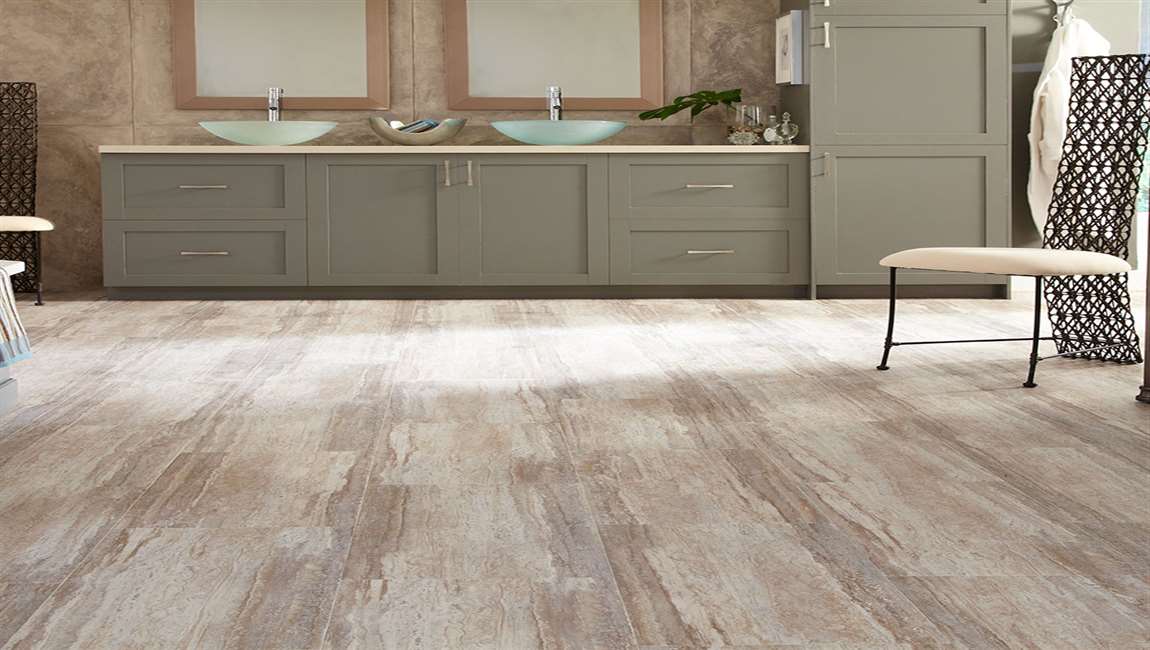 When your grout dries, if it is really clean, you may wish to add a sealer. We recommend a water based sealer as they are easier to work with when applying to a grout joint. Take care not to get sealer on the
When your grout dries, if it is really clean, you may wish to add a sealer. We recommend a water based sealer as they are easier to work with when applying to a grout joint. Take care not to get sealer on the